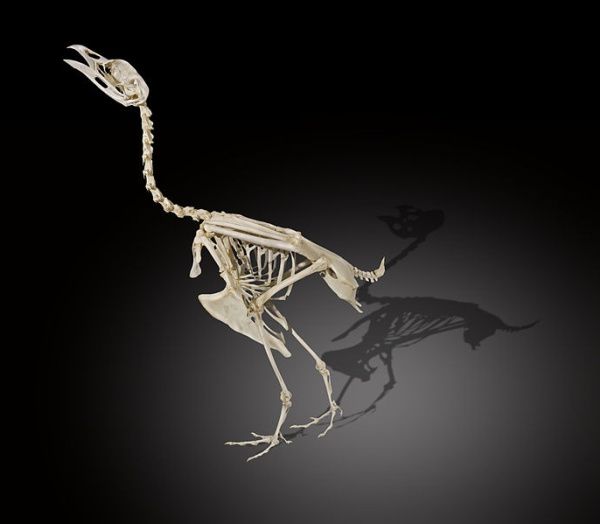A misconception that began with Galileo in 1683 was debunked four years ago but I’ve only just learned it now. Perhaps this is news to you, too.
In the March 17, 2010 issue of Proceedings of The Royal Society B Biological Sciences, bat researcher, Elizabeth Dumont of the University of Massachusetts Amherst published her bird, bat and rodent bone density study and concluded:
Bird skeletons do not actually weigh any less than the skeletons of similarly sized mammals. In other words, the skeleton of a two-ounce songbird weighs just as much as the skeleton of a two-ounce rodent.(1)
Elizabeth Dumont reached this conclusion by measuring the density of skulls (crania), upper arm bones (humeri) and thigh bones (femurs) of 20 families of perching birds, 11 families of rodents and 13 families of bats, all of them less than 400 grams. The birds’ bones were the densest. Then she ran the numbers on skeletal bone mass and volume.
She remarked, “The fact that bird bones are denser than bones in mammals not only makes them heavier for their size, but it may also make them stiffer and stronger. This is a new way to think about how bird skeletons are specialized for flying and solves the riddle of why bird skeletons appear so lightweight and are still relatively heavy.
“This has never been explained fully and so has never gotten into the textbooks. I’d like to see that change.”
So now we know. Sorry, Galileo.
Read a (1)summary of the findings in Science Daily or the full article here in the Proceedings of The Royal Society B Biological Sciences.
(photo (flipped) of wood grouse skeleton at Museum of Toulouse by Didier Descouens, Creative Commons license, Wikimedia Commons. Click on the image to see the original. )
